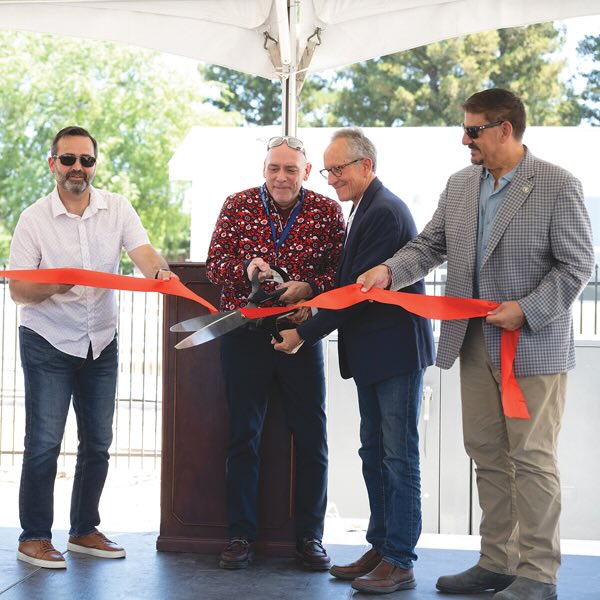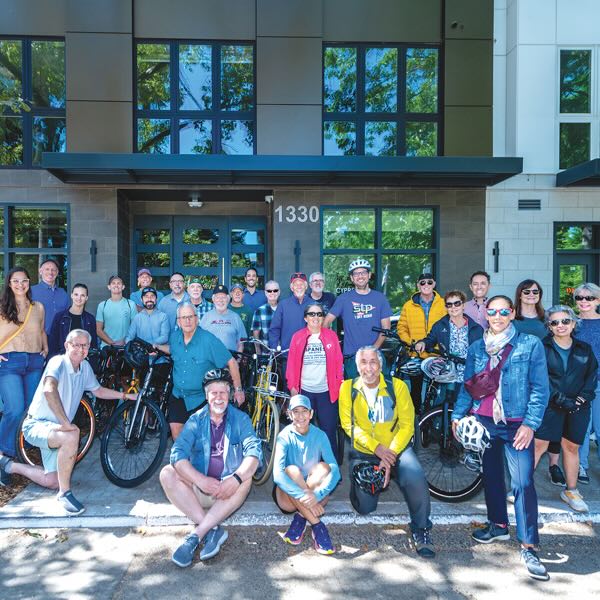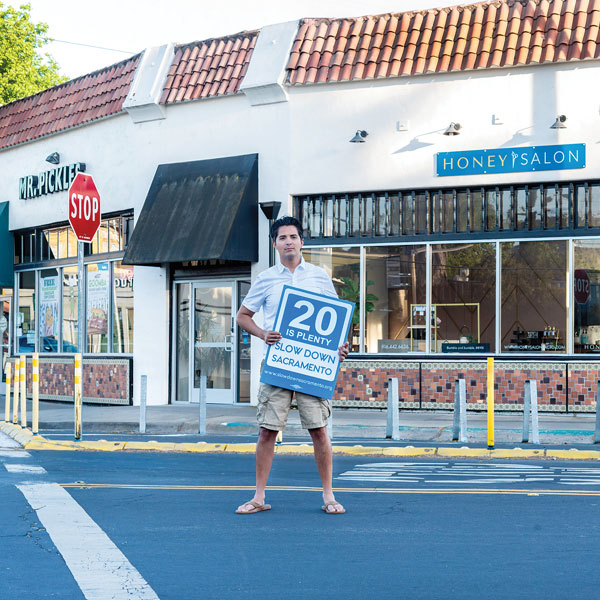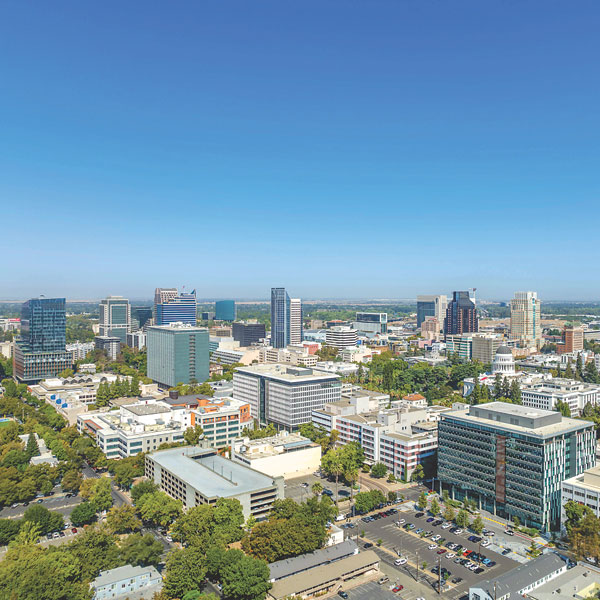Building Our Future
Payments Due
The handful of residents at Joshua’s House in North Sacramento, believed to be the first hospice on the West Coast to serve the homeless population, can finally experience the comfort, dignity and respect elusive for people living on the streets.
The new facility on Larchwood Drive began caring for its terminally ill residents this summer. The site is owned and operated by YoloCares, a nonprofit hospice provider.
As Inside columnist Jeff Harris detailed last month, Joshua’s House founder Marlene von Friederichs-Fitzwater worked years to line up political support, find the best location and secure $3.5 million needed for the facility. Controversies followed from concept to reality.
Riding High
If you believe the old narrative that Sacramento is boring, oil your bike chain and join the next Cool Projects Bike Tour.
Organized by local planners and architects affiliated with Urban Land Institute Sacramento, the July ride was an eye-opening, uplifting experience. I tagged along with about 30 urban planning enthusiasts.
“It’s always a fun and informative ride,” says Tim Denham, a planner with the local firm Wood Rodgers. He and urban planners Bob Chase and John Hodgson, along with former mortgage broker Dean O’Brien, originated the rides in 2009.
Future Shock
“The Sacramento region continues to grow faster than almost any other place in California. But exactly how the region develops and what kind of quality of life its residents enjoy is up to us.”
So says the Sacramento Area Council of Government’s draft “Blueprint: Metropolitan Transportation Plan/Sustainable Communities Strategy 2020-2050.”
Housing Shock
It’s unthinkable now, but in 1962, when Pat Brown was governor and California moved past New York in population, Brown staged an elaborate ceremony at the Capitol to celebrate our status as America’s most populous state.
At 17 million strong—less than half today’s population of 39 million—Brown predicted “the balance of the most powerful nation in the world will shift from the Atlantic to the Pacific.”
Maybe so. But being the most populous state also puts us at the top of the list for being unable to build enough housing. No one celebrates that fact, especially Gov. Gavin Newsom, who’s using raw political power to move the needle on California’s housing challenge.
Fatal Reaction
Lewis Mumford, the great 20th century urbanist, social critic and author, was on target decades ago when he wrote, “Under the present dispensation, we have sold our urban birthright for a sorry mess of motorcars.”
Mumford was talking about sprawling suburban communities and their worship of wide streets and fast thoroughfares. Sacramento is finally getting Mumford’s message.
No one is predicting the automobile’s demise. But it’s encouraging to see city officials take pedestrian and cyclist safety more seriously with its Quick Build infrastructure program, designed to make streets work for everyone, including people not driving on them.
Comeback City
Mark Twain fans know the tale about his obituary getting published while he was still alive, followed by Twain’s protest that “reports of my death were greatly exaggerated.” Accurate or not, the quote applies to Downtown.
When I wrote my first column for Inside in August 2019, the central city was on a roll. Golden 1 Center was only a few years old and getting high marks. Hotels and new housing were coming online. There were plans for riverfront development.
Energy and momentum Downtown were palpable. Everything was looking up. The headline an editor put on my debut column summed up the mood: “It’s finally our moment, Sacramento.”
A few months later, it all ground to a halt. The pandemic locked down much of California. With state employees working remotely, Downtown was deserted. Restaurants and small businesses failed by the day.






